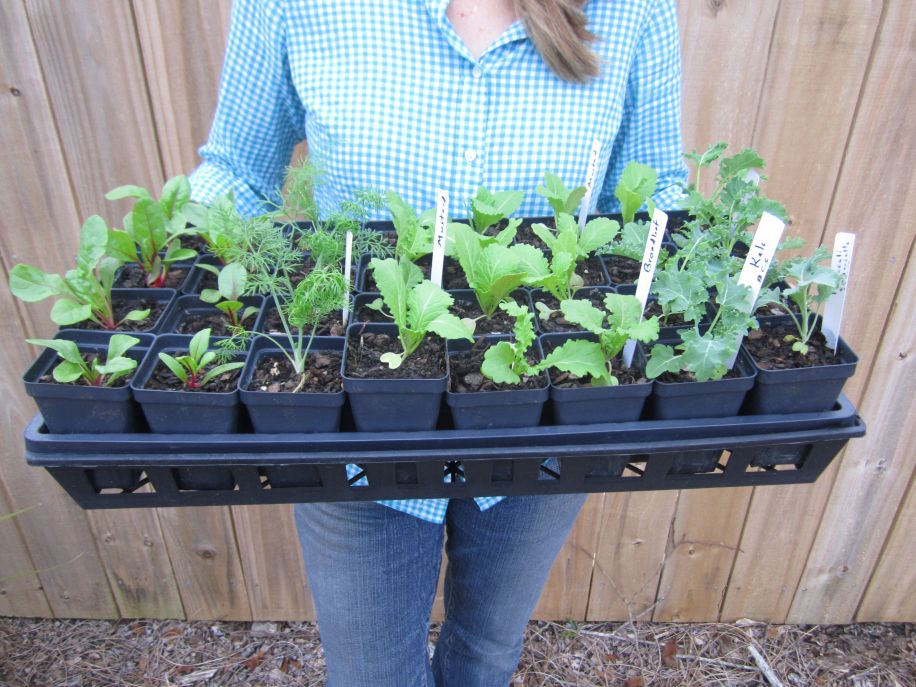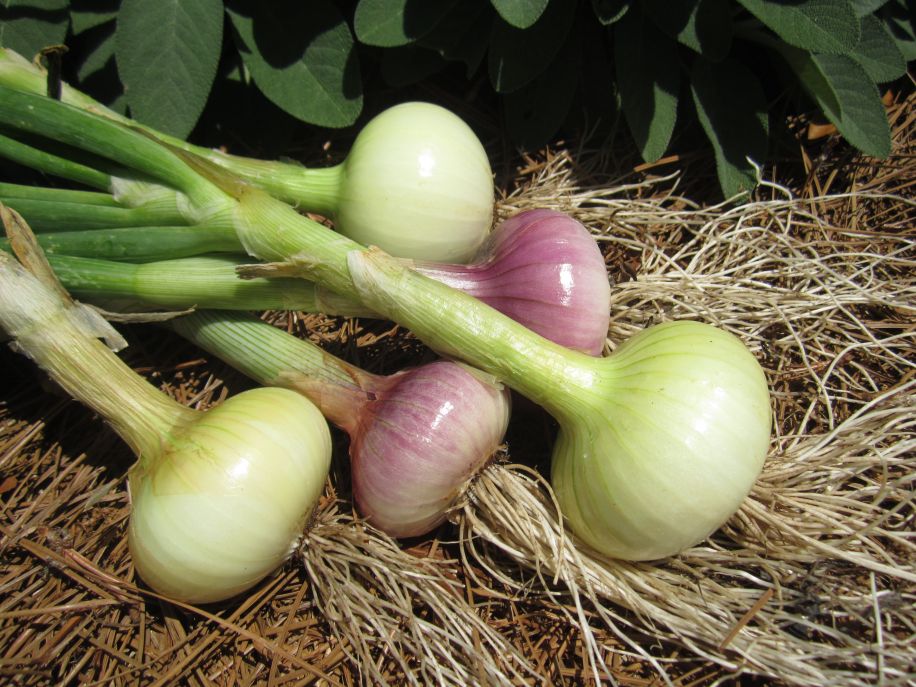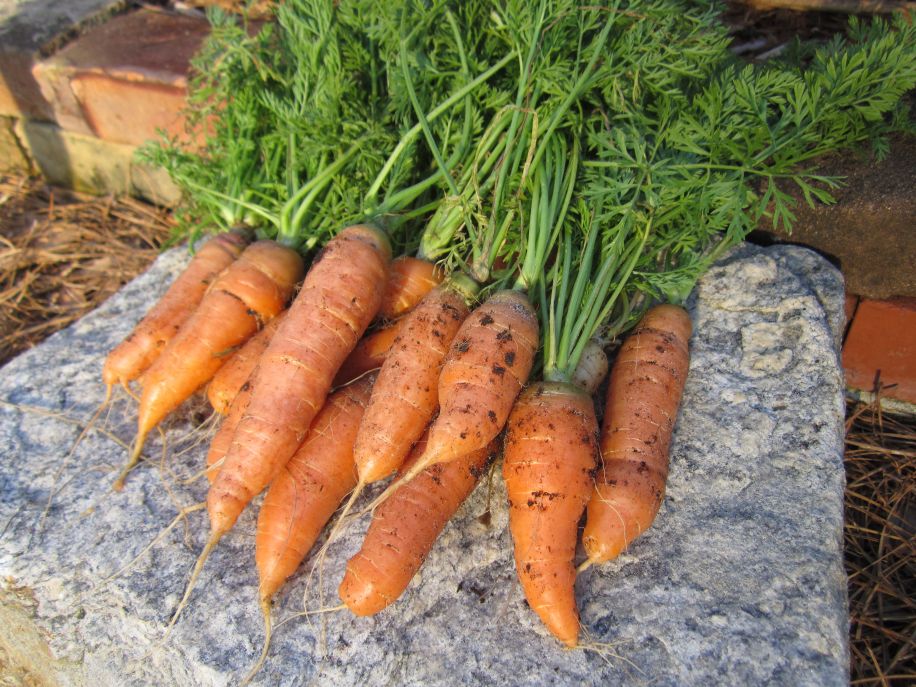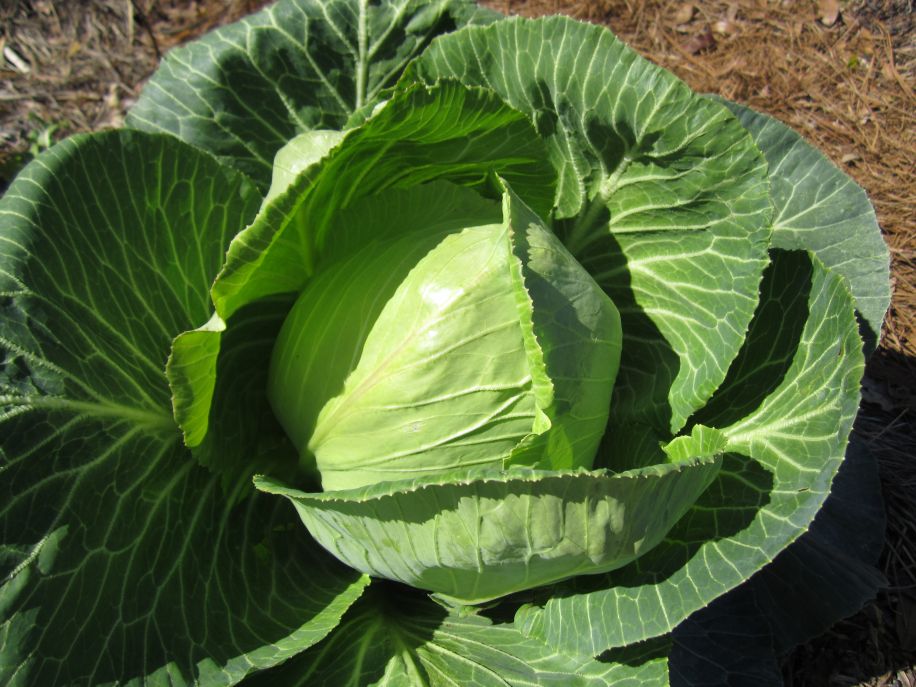by Tom Garner and Renée Perry
When we think of gardening, we almost always think of spring, but did you know that along the Gulf Coast fall and winter are also great times to grow your own fresh vegetables and herbs? In fact, cool weather gardening is, in many ways, the easiest time to garden, especially for those who are just beginning to learn. Cooler weather means fewer pests and diseases, less frequent watering and little weeding—particularly if you use the weed-free gardening method we do. Cooler weather means more comfortable conditions for the gardener, too!

So, when is cool weather gardening along the Gulf Coast? Our seasons, and our timing, are different from anywhere else in the country. Getting the timing right, particularly what to plant when, is essential for successful vegetable growing. Our Gulf Coast summers are long compared to most of the country.

Cool weather gardening along the Gulf Coast generally begins around September or October, but every year is slightly different. If fall temperatures are still in the 90’s, as they have been in some recent years, it’s wise to hold off planting cool weather vegetables until the temperatures begin to come down.
Mid-December marks the beginning of Gulf Coast winter, which is shorter and milder than most other parts of the country. In fact, our winter ends and our spring begins in about mid-February. This is when experienced gardeners know to plant out tomatoes started from seed during the Christmas season.
Many cool weather vegetables can then continue to grow as late as April or May, right alongside the warmer weather vegetables we plant for spring.

Fortunately, below freezing temperatures happen rarely during our winter season, generally from about December through March. In addition, freezing temperatures typically occur only overnight.
Plants that are susceptible to low temperatures can be covered with a blanket at night, and the blanket removed during the day. Make sure that the edges of the blanket are held down on all sides to trap heat from the ground. Also, be sure the blanket is supported from below so that fragile plants are not damaged by the extra weight.

The sun also remains lower on the horizon during the cooler seasons. This lower position of the sun means that shadows cast by objects such as buildings or trees will be longer, and a garden that is in full sun during warm weather might be in complete shade during cool weather. Even a hedge or privacy fence can result in shade if they’re too close to the garden on the southern side. Be sure that vegetables are planted far enough away from objects to their south to prevent this cool weather shading.
You don’t have to wait until spring to have tasty, fresh and nutritious home-grown vegetables and herbs! Cool weather gardening is just as productive as, and in many ways easier than, gardening in the spring. If you’re new to gardening, cool weather is the ideal time to get a little dirt on your hands and learn to grow!
About the Authors
Renée Perry and Tom Garner are the owners of East Hill Edible Gardening. They specialize in teaching gardeners how to grow their own fresh vegetables, fruits and herbs in the unique gardening conditions along the Gulf Coast. They offer a variety of gardening classes, garden consultation, installation and one-on-one garden coaching. They also sell an extensive variety of vegetable and herb plants specifically suited to the Gulf Coast.